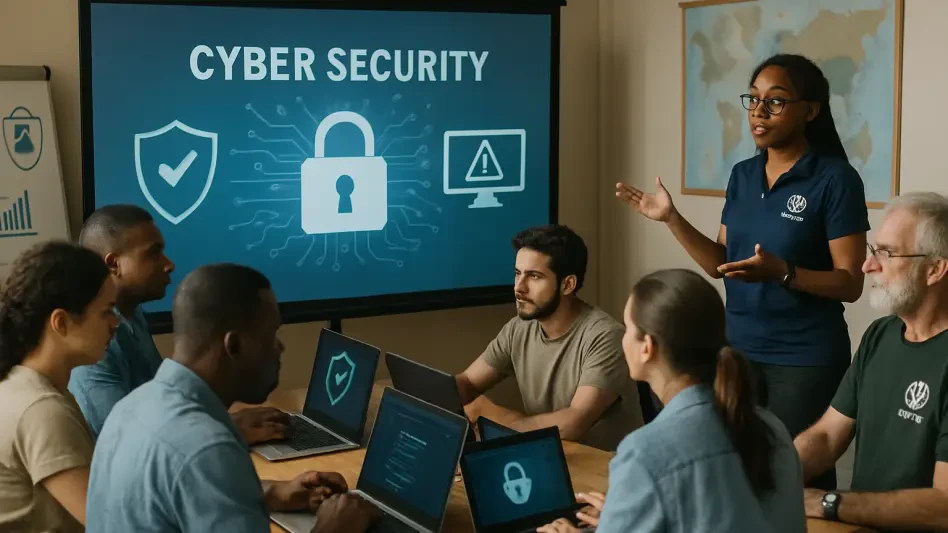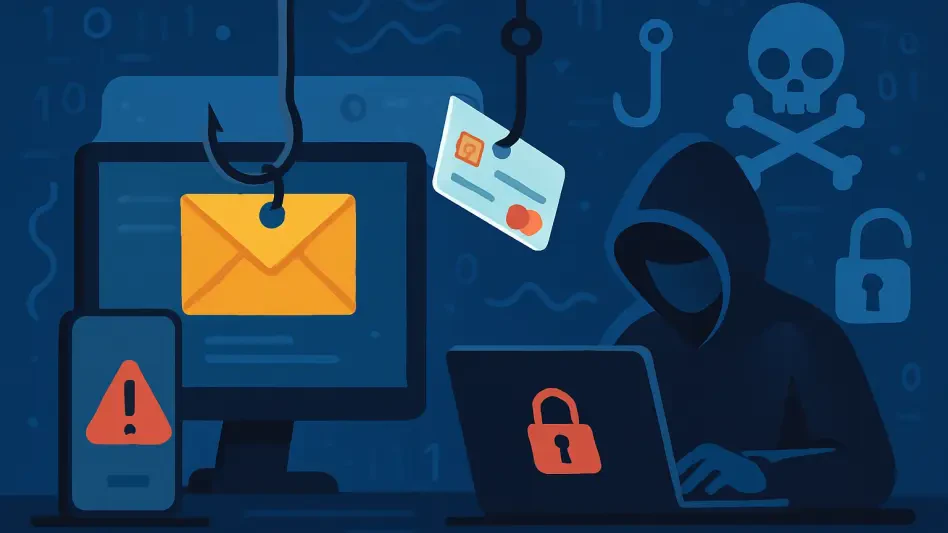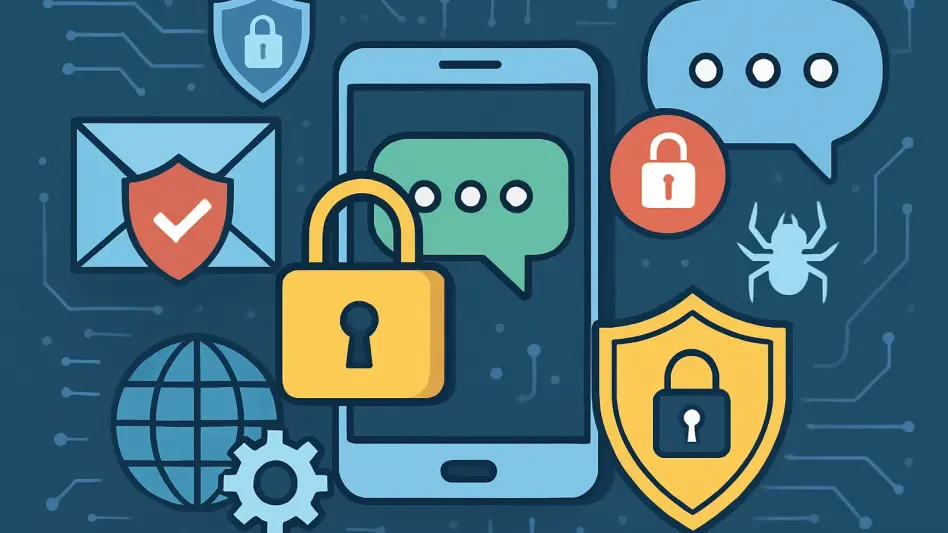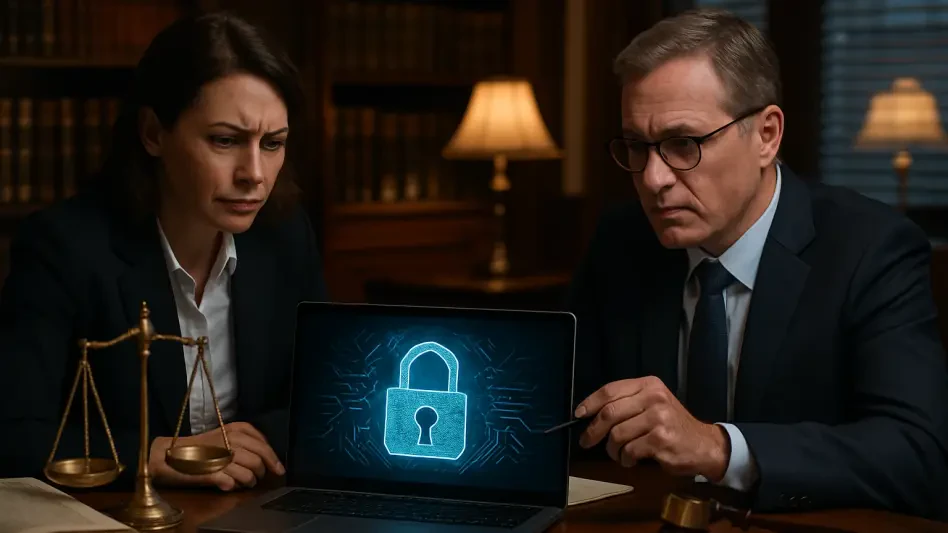In a concerning development for cybersecurity in Spain, the infamous Grandoreiro Trojan has made a resurgence, causing alarm among both individuals and organizations. Initially originating from Brazil in 2016, this malicious banking Trojan has wreaked havoc by stealing funds and compromising sensitive information. Recent reports indicate that the Grandoreiro Trojan is now spreading through a sophisticated phishing campaign that impersonates the Spanish Tax Agency, Agencia Tributaria. This resurgence not only underscores the relentless evolution of cyber threats but also emphasizes the need for heightened vigilance and robust cybersecurity measures.
The Grandoreiro Trojan: An Overview
Origins and Capabilities
Originally surfacing in Brazil, the Grandoreiro Trojan has evolved into one of the most sophisticated banking Trojans, linked to over €3.5 million in stolen funds globally. This malicious software operates covertly, making it particularly dangerous. Once installed on a device, Grandoreiro can harvest sensitive information such as usernames, passwords, and financial details, granting hackers full control over the victim’s banking activities. The Trojan’s ability to record keystrokes, manipulate the mouse, and share the screen gives cybercriminals the upper hand, rendering traditional phishing defenses less effective.
Unlike older phishing methods that relied on directing users to fake websites, Grandoreiro takes a more insidious approach. By manipulating the user’s device directly, it bypasses many standard detection methods. This evolution in phishing tactics underscores the increasing sophistication of cyber threats and the need for advanced security solutions. The Trojan’s resurgence in Spain serves as a stark reminder of the ever-present dangers in the digital landscape and the importance of staying informed and vigilant.
Current Phishing Campaign
The latest tactic employed by the Grandoreiro Trojan involves a highly sophisticated phishing campaign that impersonates the Spanish Tax Agency, Agencia Tributaria. Cybercriminals send emails that reference the Dirección Electrónica Habilitada Única (DEHÚ), using authentic-looking email addresses ending in @correo.gob.es. These emails are meticulously crafted to resemble genuine communications, making it challenging for recipients to distinguish them from legitimate messages. This attention to detail significantly increases the success rate of the phishing campaign, luring unsuspecting victims into downloading the Trojan.
Once the recipient clicks on the malicious link or downloads the attachment, the Trojan is installed on their device without their knowledge. From that point on, the malware operates discreetly in the background, collecting sensitive information and providing hackers with remote access to the victim’s banking activities. The sophistication of this phishing campaign highlights the need for individuals to be extremely cautious when dealing with unsolicited emails, even if they appear to be from official sources. Verifying the authenticity of such communications by contacting the organization directly is crucial in preventing a potential breach.
Protective Measures Against Grandoreiro
Vigilance and Verification
To protect against the Grandoreiro Trojan and similar threats, cybersecurity experts recommend a multi-faceted approach beginning with vigilance and verification. Given the sophistication of modern phishing campaigns, it is essential to double-check any unexpected emails, particularly those that appear official. A key strategy is to verify the sender’s authenticity by contacting the organization directly, rather than relying on the contact details provided in the suspicious email. This proactive step can prevent falling victim to phishing scams that exploit the trust placed in familiar institutions.
It’s also advisable to visit the Agencia Tributaria website independently to check DEHÚ notifications, rather than clicking on links provided in emails. This additional step ensures that any correspondence received is genuine and not part of a phishing campaign. By fostering a habit of skepticism and careful verification, individuals can significantly reduce the risk of compromising their sensitive information to cybercriminals.
Implementing Advanced Security Measures
In addition to vigilance, implementing advanced security measures is crucial in defending against threats like the Grandoreiro Trojan. One highly recommended tactic is enabling multi-factor authentication (MFA) for online banking and other sensitive accounts. MFA adds an extra layer of security by requiring a second form of verification, such as a text message code or a biometric scan, thereby significantly reducing the chances of unauthorized access by cybercriminals.
Keeping security software updated is another critical defense strategy. Regular updates ensure that devices have the latest protections against emerging threats. This includes not only antivirus programs but also firewalls and anti-malware software that can detect and neutralize threats like the Grandoreiro Trojan before they cause significant damage. By combining these technical defenses with a heightened awareness of potential phishing tactics, individuals and organizations can better safeguard their personal data and financial information from sophisticated cyber threats.
Conclusion
In a concerning twist for Spain’s cybersecurity landscape, the notorious Grandoreiro Trojan has made a troubling comeback, alarming both individuals and organizations across the country. First emerging in Brazil in 2016, this malicious banking Trojan has caused significant disruption by stealing funds and compromising sensitive information. Recent updates reveal that the Grandoreiro Trojan is now spreading through an advanced phishing campaign that cleverly impersonates the Spanish Tax Agency, Agencia Tributaria. This dangerous resurgence highlights the unending evolution of cyber threats, emphasizing the critical need for increased awareness, heightened vigilance, and robust cybersecurity measures to protect against such attacks. As cybercriminals continue to innovate, it is imperative for both citizens and organizations to stay ahead by adopting state-of-the-art security protocols and educating themselves on the tactics used in these sophisticated schemes.







